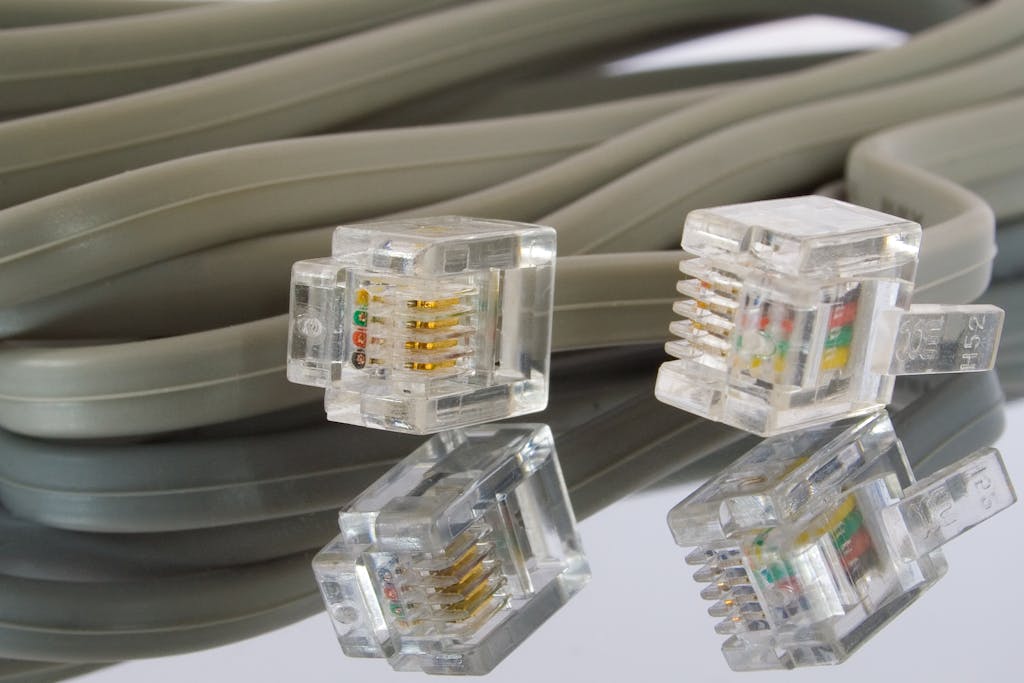You may have come across the term “DSL” when setting up your home internet. But what is it?
DSL is one of those techy terms that’s been around forever, but most of us haven’t really stopped to ask what it actually means or whether it still holds up in today’s world of lightning-fast internet.
In this quick guide, we’ll talk about how DSL works, the different types out there, and how it compares to newer tech like fiber optics to help you make smarter internet choices.
DSL comes in many types, each designed for different needs. Here are the main types you’ll run into:
“Asymmetric” means your download speed is faster than your upload speed, which is perfect for everyday stuff like streaming Netflix, checking email, and scrolling through social media.
This version is more balanced. Your download and upload speeds are equal. It’s not super common in homes but great for those who upload a lot, like remote workers, small business owners, or anyone sending large files regularly.
VDSL & VDSL2 (Very High Bitrate DSL)
VDSL and its upgraded version, VDSL2, use higher frequencies to deliver way more speed, especially over shorter distances. It’s closer to what you’d get with cable internet, and it's what newer DSL setups often use.
DSL uses the same copper telephone lines that have been running to homes for decades, but it handles internet data separately from voice calls. That means you can browse the internet and use your landline phone at the same time without any interference.

Here’s a basic step-by-step of how it functions:
DSL might not be the newest, but it still has some real-world benefits in the right setting. Here’s where it holds its own:
Because DSL runs on existing telephone lines, it’s available in many places, even some rural or remote areas where newer options like fiber or cable haven’t reached. If you have a landline, there’s a good chance DSL is an option.
Installation is usually quick and simple. You don’t need any fancy new infrastructure. Just a DSL modem and a working phone line would do. That can make it easier and sometimes cheaper to get started.
Unlike cable internet, which shares bandwidth with your neighbors, DSL gives you a dedicated line. That means your internet speed isn’t likely to dip just because it’s evening and everyone’s streaming shows at the same time.
If your internet habits are on the lighter side, like checking email, watching the occasional video, or browsing the web, DSL can offer a stable connection at a lower price point than fiber or cable plans.

Fiber optic internet is becoming more widely available, and it's often seen as the gold standard. So how does DSL measure up in comparison?
Fiber is significantly faster than DSL, both for downloads and uploads. While DSL might get you up to 25 Mbps on a good day, fiber can easily exceed 1 Gbps (1,000 Mbps), which makes a noticeable difference if you're streaming, gaming, or working remotely.
Fiber tends to be more stable. It’s less affected by distance or interference, and performance stays consistent even during peak hours. DSL, by contrast, can slow down the farther you are from your local exchange.
DSL wins in availability right now; it’s been around longer and doesn’t require any new construction. But if fiber is available in your area, it’s often worth considering the long-term benefits.
DSL can be cheaper up front, especially for light internet use. But fiber plans are becoming more competitive, and with better performance and fewer slowdowns, they may offer better value over time, especially if you rely heavily on your connection.
It really comes down to your needs, your location, and what’s available where you live.
DSL might be a good fit if:
And here’s why Fiber is the beter choice:
The internet has become more central to how we live and work. With streaming, gaming, video calling, and cloud storage, the demand for speed and stability has grown.
Unlike DSL, which relies on old-school copper telephone lines, fiber uses light to send data. That means you’re getting speeds measured in gigabits per second (Gbps), not just megabits.
With fiber, you get blazing-fast downloads, crystal-clear Zoom calls, and enough bandwidth to keep everyone in the house happy, even when you’re all online at the same time. There will be no lag or buffering. Just smooth, seamless internet the way it should be.
And if you’re in an area lucky enough to live in an area with Flume Internet, it’s definitely worth checking out. Flume offers fiber-optic, gigabit-speed internet built for how we live today, not how we surfed the web a decade ago.
Contact us today and future-proof your connection.